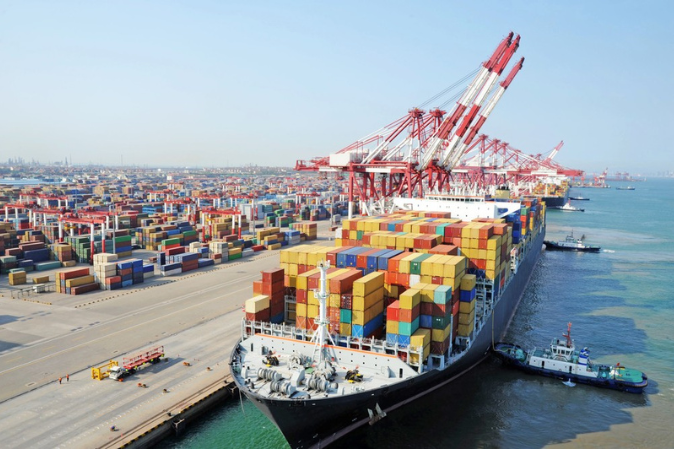In today’s world, many businesses sell their products and services across different countries. Whether you are a tech company offering software or a factory selling handmade goods, understanding GST on exports is very important. This guide explains how GST applies to exports and what businesses need to know.
What is GST on Exports?
GST (Goods and Services Tax) is a tax on most goods and services sold within India. However, exports are treated differently. Most exported goods and services are zero-rated, which means:
- No GST is charged on exports
- Businesses can still claim GST refunds on purchases related to exports
This helps exporters stay competitive in global markets by keeping their costs lower.
Why Zero-Rating is Good for Businesses
Zero-rated exports provide two major benefits:
- Lower costs – Since no GST is added to the price, your products remain affordable for international buyers.
- GST refunds – You can claim back GST paid on raw materials, services, and other expenses used in the export process. This improves cash flow and reduces financial burden.
Important Documents for Exporters
Even though exports are zero-rated, you must maintain proper documents to prove your business qualifies. These documents include:
- Export invoices
- Shipping documents (bill of lading, airway bill, etc.)
- Contracts with buyers
Without these, you may face issues during a GST audit, which can lead to penalties or delays in claiming refunds.
GST on Exported Services
If you provide services to customers outside India, you must check if they qualify as exports under GST rules. To be considered an export, the service must meet these conditions:
- The buyer must be outside India
- Payment must be received in foreign currency
If these conditions are met, your services are zero-rated, and you can claim GST refunds just like exporters of goods.
How to Get a GST Refund on Exports?
If your GST payments (on inputs like raw materials and services) are higher than your GST liability, you can apply for a refund. However, this process requires patience, as it involves:
- Submitting refund applications on the GST portal
- Keeping proper invoices and payment proofs
- Following up with tax authorities if needed
To make this easier, it’s important to stay updated on GST refund rules and procedures.
Common Mistakes to Avoid
Many exporters face issues because of:
❌ Wrong classification of goods/services – Always check if your product/service qualifies as an export under GST rules.
❌ Missing documents – Keep all records related to exports to avoid problems with tax authorities.
❌ Late filings – File GST returns and refund applications on time to prevent delays.
To avoid these mistakes, businesses can also consult a GST expert who can handle the process smoothly.
Final Thoughts
GST on exports may seem complicated, but understanding the basics helps your business grow. By keeping good records, following GST rules, and applying for refunds correctly, you can reduce costs and focus on expanding your global business.
The key takeaway? Follow the rules, maintain proper documents, and use the GST refund system to your advantage. This will help your business stay competitive and financially strong in the international market.

